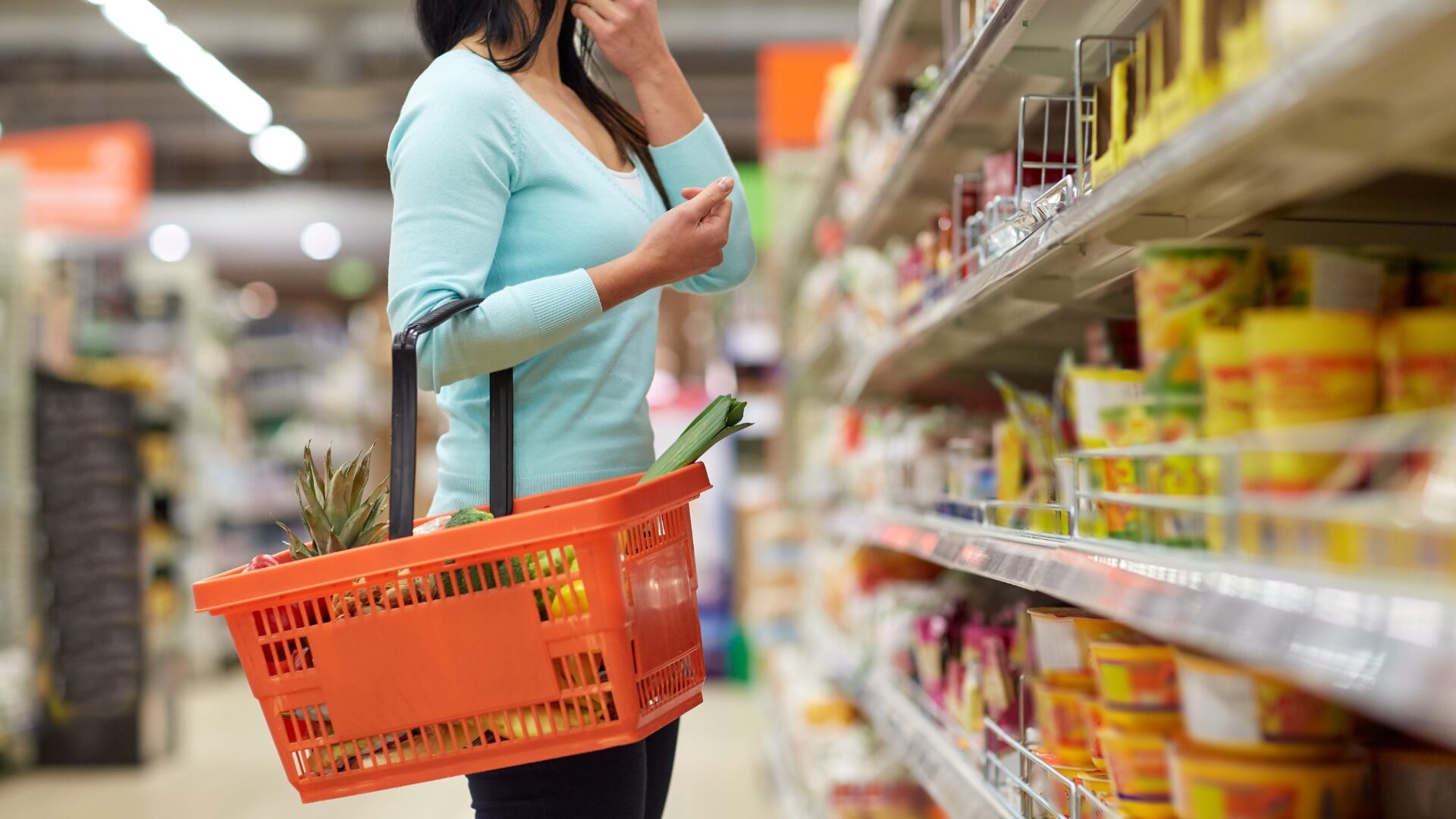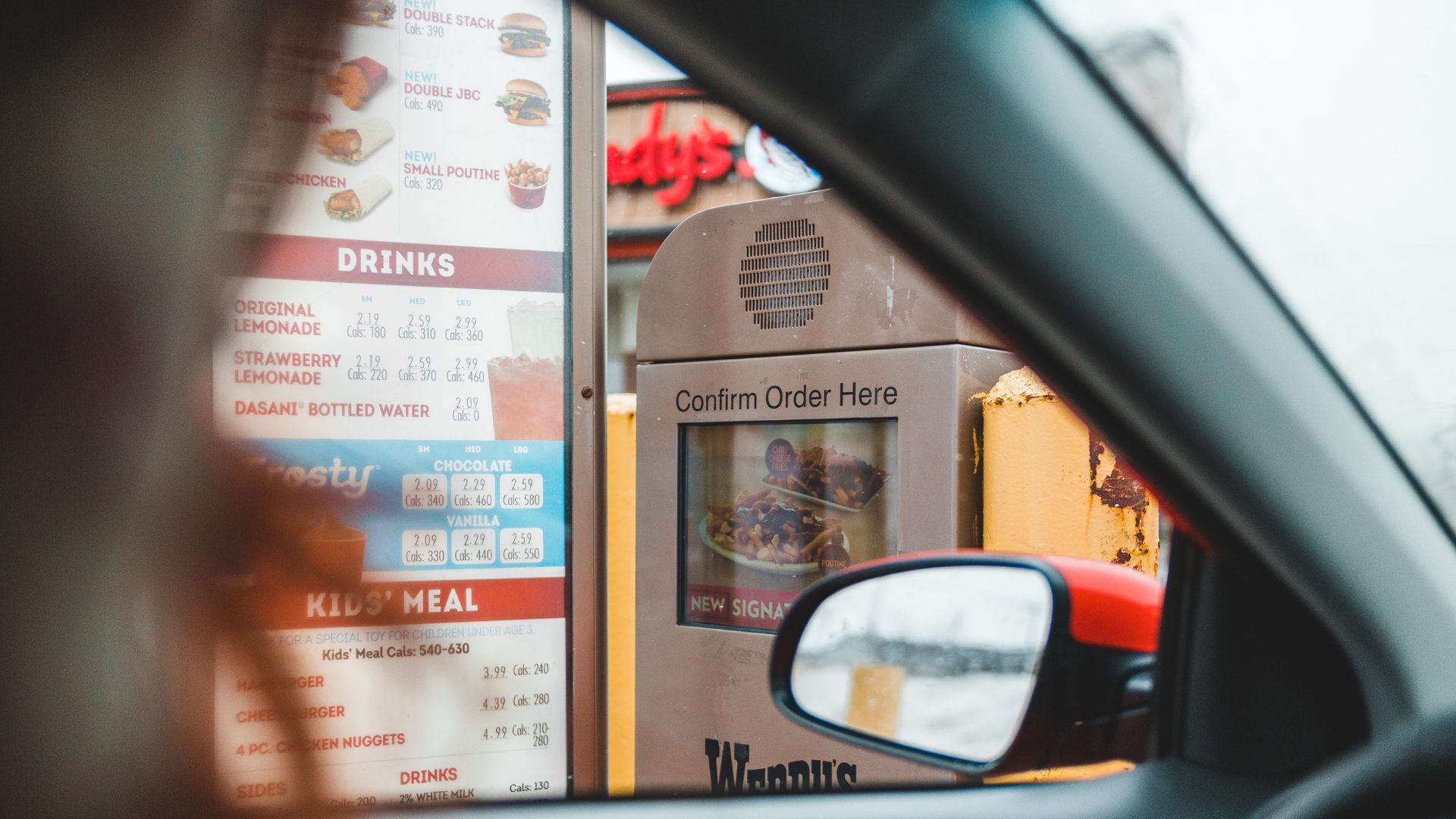On April 19, The Food Institute’s CEO, Brian Choi, hosted R.J. Hottovy (CFA), a venture capitalist with over 20 years of foodservice experience, for a webinar about the future of food retail.
The online event offered in-depth analysis about where we’re going in the retail food segment. The webinar’s highlights are noted below. …
How are Retailers Performing?
“Consumers are trading down,” Hottovy said. Traditional grocers have been challenged by the emergence of competitive C-Stores since the pandemic gave rise to less discretionary spending and as food inflation and a looming global recession threaten traditional food retail. Warehouse clubs such as Sam’s Club and Costco are holding fairly well despite a marginal drop; what’s gained in volume at these centers is lost a bit in value, as the ability to buy just a single jar of peanut butter, for instance, is simply not possible. Most surprisingly, big-box retailers such as Target and Walmart are losing market share even as recent reports indicate Walmart takes the lion’s share of foot traffic.
Non-discretionary retail spending is plummeting everywhere except at dollar stores. Food inflation is forcing consumers out of grocery and more into the home. Despite inflation moderating since last fall, grocery traffic remains low as consumers stretch their food budgets, eat in more, and look to private label offerings as a reasonable way to save money.
Visits per location are decreasing from big box stores and increasing at value ones, particularly Lidl, Aldi, and even Trader Joe’s. Overall, everything is skewing toward the middle, and continued price hikes / corporate layoffs / and a possible recession mean the pendulum may swing further into the red and away from the middle; despite strong Q1 showings from the restaurant sector, many analysts predict an industry downturn as the calendar marches toward 2024.
Aldi Ascends
“Aldi is becoming one of the most disruptive brands in retail,” Hottovy noted. Visits to Aldi are up nationwide. “They’re doing a good job innovating,” Hottovy said, and that innovative value is working in today’s environment.
Aldi is also benefitting from its region; mostly located in the midwest and mid-Atlantic states, Aldi is experiencing a foot traffic boom as inflation affects many staple food prices less in the midwest than it does on the coasts.
On the other end of the spectrum, year-over-year visits are at a post-pandemic low for warehouse retailers such as Sam’s Club, Costco, and BJ’s. Visitation trends are lagging, and though the number of visitors is up, the number of visits is down and grocery carts are shrinking.
Not all is well in the dollar store sector, however; during the webinar – which was sponsored by Placer.ai – Hottovy shared a slide detailing what happened when Dollar General raised its prices in October 2022; revenue plummeted and Family Dollar prospered as consumers balked at quarter, half-dollar, and full-dollar increases and opted instead for one of Dollar General’s primary competitors.
“Usually it takes a while for consumers to react like this, but this was immediate,” Hottovy said, expressing genuine surprise at how quickly the data – and sales – had shifted.
Where Are We Headed in Grocery?
Looking ahead, Hottovy believes the will-they/won’t-they question of the proposed Kroger – Albertson’s merger will, in fact, take place, cementing a new hierarchy in the American retail food market.
“Five hundred to six hundred stores will probably have to spin off and establish a new chain,” he said, “and KA will be able to compete with more mass merchants.” Though there’s nothing imminent, he believes the final transaction will probably push to 2024, prompting a new-look market for the second half of the decade.
As the American workplace continues to change post-pandemic, Hottovy also detailed how staffing and inventory has been affected by the hybrid model.
“Many embrace it,” he said, “and we’re at about a 50% level of displaced workers returning to the office,” mentioning that staffing and inventory in food retail has responded in kind; it turns out most grocers and retailers don’t need a full staff to keep the lights on, resulting in fewer employees, less overhead, and more found revenue for many employers. People are moving from urban settings to suburbs, helping establish a new exo-suburb look to many major metros and prompting businesses to open their doors further from the city center. Some urban settings are even being filled by younger populations with steady income, and the key message is this: many grocers and retailers will have to change their inventory and targeting methods to cater to this new-look clientele.
Dwell time across grocery chains is increasing most likely due to value shopping and private label comparisons to notable and/or staple brands – something that can really only be done efficiently in-store. “People are educating themselves on pricing,” Hottovy said, as monthly median dwell time has increased across the board from grocers big and small.
C-stores are attracting more visitors. “Merchandising is key,” he said, “as C-store operators find the sweet spot between value and innovation. People are looking for creative ways to stretch those budgets.”
Broadly speaking, Hottovy noted that he expects to see more consolidation across the retail sector, particularly among smaller players. That wont’ happen, however, until the Kroger – Albertsons merger is complete and the dust has settled across the consumer-laden streets of the country.
“People are spending 20-30% more than they were 18 months ago, and value grocery will continue to be a key category,” Hottovy said.
“Traditional grocers should increase their private label investments to compete.”
Editor’s Note: Food Institute members can view the full webinar here.












